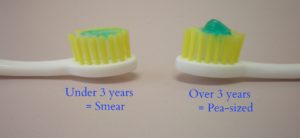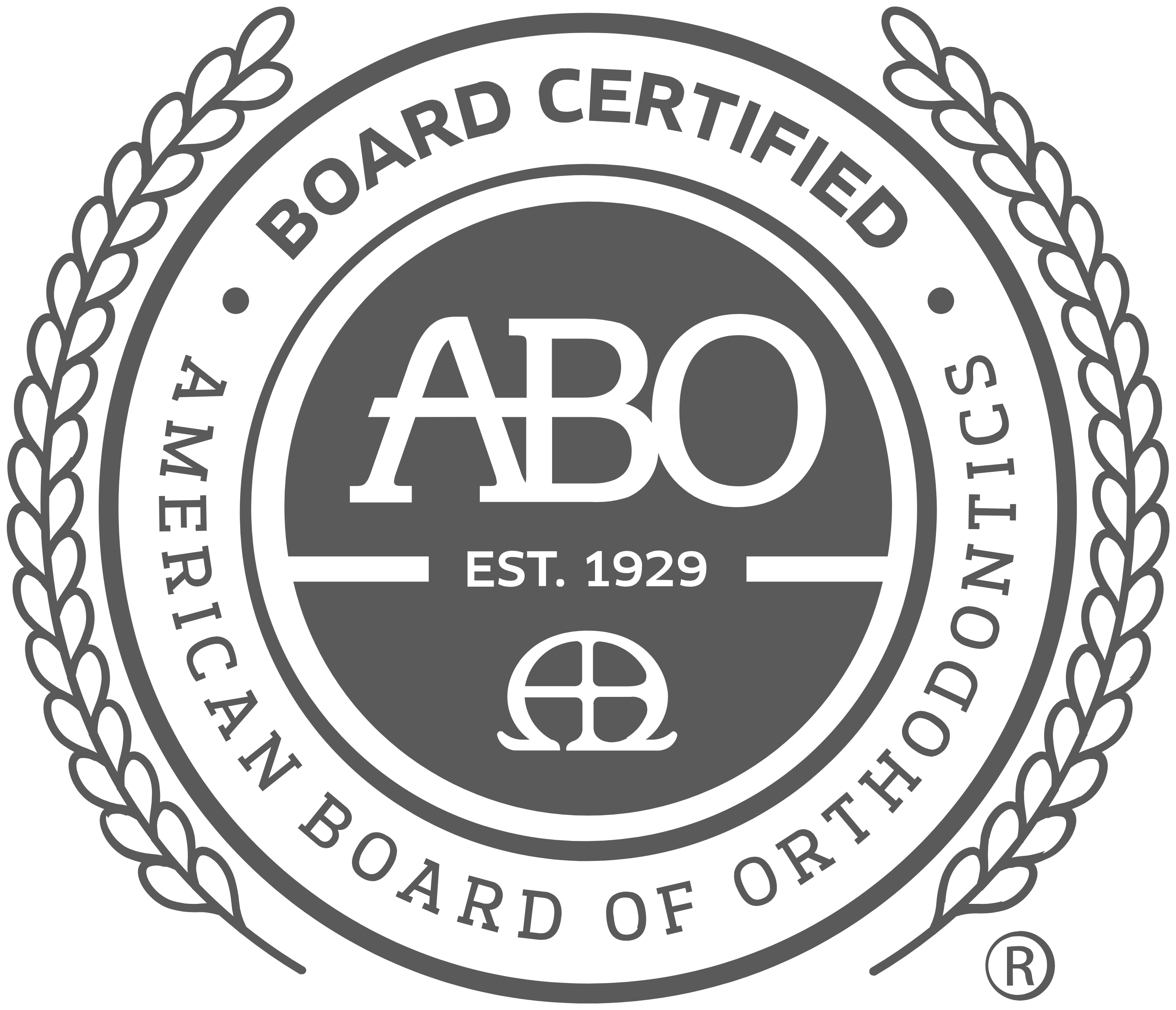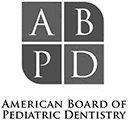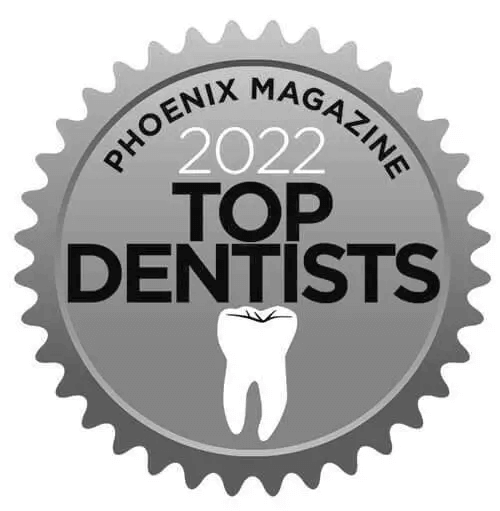
- 09/02/2022
Good dental hygiene is important from the moment your child sprouts that first tooth. Babies, toddlers, and young children need assistance developing good oral hygiene habits at a young age to ensure their teeth stay cavity free.
Successful tips for good oral hygiene and cavity prevention:
Make brushing teeth part of the routine
- Even before your baby’s first tooth appears, we recommend you clean their gums after bottle or breast-feeding. Wrap one finger with a clean, damp washcloth and gently rub it across the baby’s gum tissue.
- When the first tooth appears, you can upgrade to a baby toothbrush. Be sure to choose a toothbrush with soft bristles and a small head.
- A baby toothbrush can be a favorite toy as your baby is teething so let your baby play with it
Make sure watch out for common causes of tooth decay
- Infants who fall asleep with a bottle that contains formula, fruits juices or milk (including breastmilk) are more susceptible to cavities
- Before you child falls asleep after feeding, wipe off their teeth with Spiffies or a wet washcloth
- Reduce frequent snacking throughout the day. Every time your child snacks, it creates an environment for decay because it exposes your teeth repeatedly to acid attacks
- Limit sugary drinks, such as fruit juices to mealtimes, and a maximum of 4-6 ounces per day
Make sure you floss your child’s teeth
- Once teeth start making contact with each other, it’s time to start flossing.
- If the teeth are not touching, you can forego flossing, but remember that teeth can move together as new teeth erupt
- Try out floss sticks – Crayola Flossers (they’re flavored, great for kids)
- Your child’s pediatric dentist will let you know when it’s time to start flossing
Make sure you are exposing your child’s teeth to fluoride
- Drink fluoridated water o Talk to your pediatrician or pediatric dentist about an in-office fluoride treatment, especially if your child is not drinking fluoridated water
- Use Fluoridated toothpaste
- No more than a smear or rice-sized amount of fluoride toothpaste should be used for children under age three. A pea-sized amount should be used for children ages three to six
- Monitor your child when using fluoride toothpaste to ensure they don’t swallow excess
- It is not necessary to wait until your child can spit to use fluoride toothpaste as long as you are using the correct amount

Make brushing and flossing a game
- Let your child brush the stuffed animals’ or dolls’ teeth to practice
- Sing! Make up silly songs “The toothbrush in the mouth goes round and round”. Singing increases the fun level and reinforces the routine
- Play “Copy Cat”. Since most kids enjoy learning by copying their parents but want to do it themselves, brush together looking into a mirror
- Follow up on their brushing with a common game of chasing things in their mouth. So you might say you see a giraffe or a tiger in there that you need to catch or that you’re chasing sugar bugs
Make it a team effort
- If your child can not tie their own shoes, they’re probably not ready to brush by themselves. As independent as your child wants to be, it is recommended to help with brushing and flossing until age 9 or 10. Let your little one brush first and then you should go back and “check” to make sure all of the sugar bugs are gone
By following these tips, and keeping them positive and fun, you are helping your child develop good dental habits that will help protect their teeth for decades to come.










